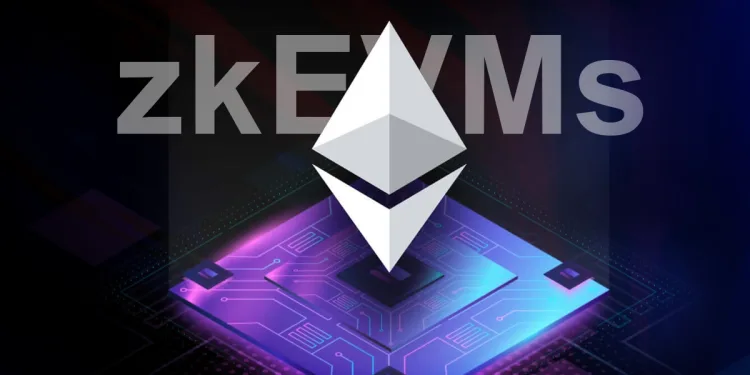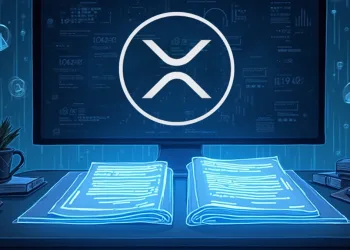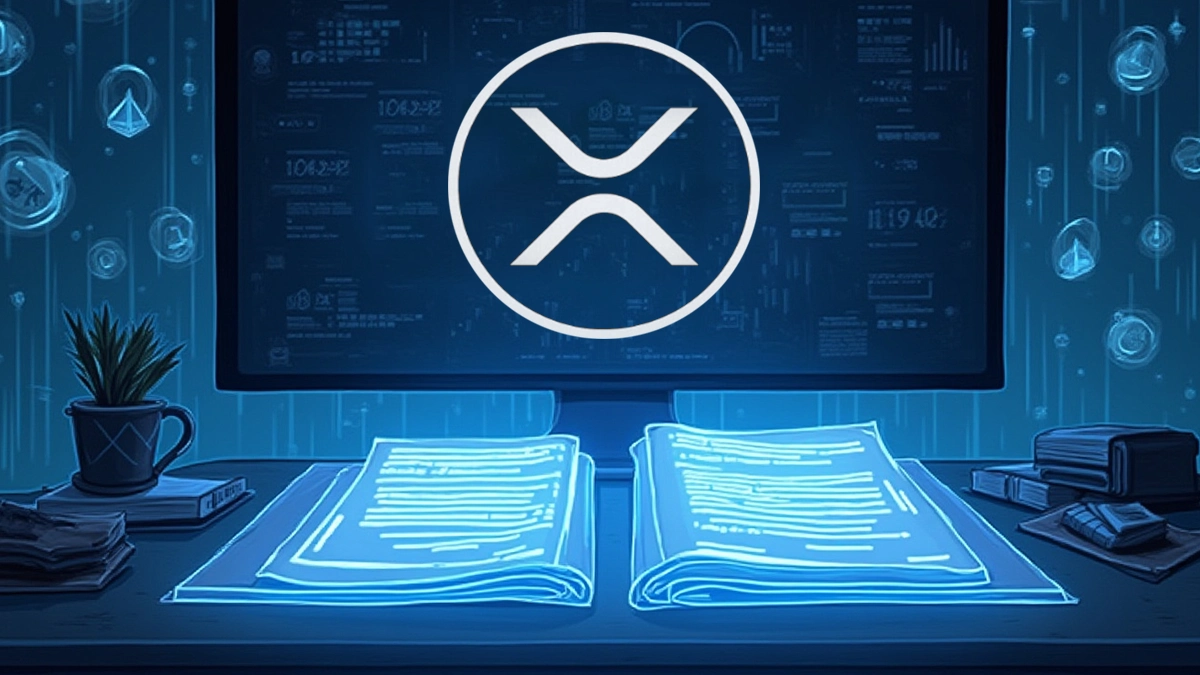- Real-time proving enables zkEVMs on Ethereum using affordable, home-grade hardware.
- ZK clients will verify diverse proofs, boosting resilience and preventing centralization.
- Native zk-rollups on L1 will scale Ethereum massively without sacrificing decentralization.
Ethereum is making a bold move towards a zero-knowledge (ZK) future by preparing to launch L1 zkEVMs on its mainnet. This ambitious shift aims to massively scale Ethereum’s gas limit and enable native zk-rollups without compromising on core values like security, decentralization, or censorship resistance.
Central piece of this roadmap is the concept of “realtime proving” a performance benchmark that allows proofs to be generated fast and efficiently, even from home or office hardware. This marks a turning point for Ethereum, opening the door to a more scalable and trustless system while keeping the blockchain accessible to solo stakers.
0/ L1 zkEVMs are coming soon to Ethereum mainnet. They will allow us to significantly scale the gas limit and enable native zk-rollups without sacrificing the levels of security, liveness, and censorship-resistance that make Ethereum unique. https://t.co/SQY3oPGNx8
— Sophia Gold (@_sophiagold_) July 10, 2025
Real-Time Proving: The New Frontier
To support L1 zkEVMs, Ethereum’s zkEVM team is establishing clear technical standards for realtime proving. These standards aim to make proof generation so fast and efficient that it becomes practical to run provers in residential homes or office environments.
Key targets include generating proofs within 10 seconds for 99% of mainnet blocks, with on-premises hardware costing no more than $100,000 and consuming less than 10kW of power.
This is not just a technical milestone. It’s a strategic move that empowers smaller validators and solo stakers to actively participate in Ethereum’s next evolution. Moreover, it guards against centralization risks by ensuring proving does not become the exclusive domain of cloud providers or large institutions.
Phased Rollout with Built-in Diversity
Initially, only a small portion of validators are expected to run ZK clients. Instead of re-executing blocks, these clients will verify multiple proofs from independent zkVMs, each proving different EVM implementations.
This redundancy mimics the diversity of existing Ethereum clients and enhances network resilience. Proofs are small, fast to verify, and don’t rely on trusted setups keeping things simple and robust.
As performance improves and trust builds, more validators will switch to ZK clients. This shift will allow Ethereum to significantly raise the gas limit, unlocking unprecedented throughput. Eventually, once ZK clients are widely adopted, Ethereum will support native zk-rollups directly on L1 through a specialized precompile.
The Bigger Picture: A ZK-Centric Ethereum
Ethereum’s long-term vision is a stack fully secured by ZK proofs from execution and consensus to privacy and scalability. Realtime proving is the first step in this direction, and the Ethereum Foundation expects several zkVMs to hit the realtime benchmarks before Devconnect Argentina in November.














